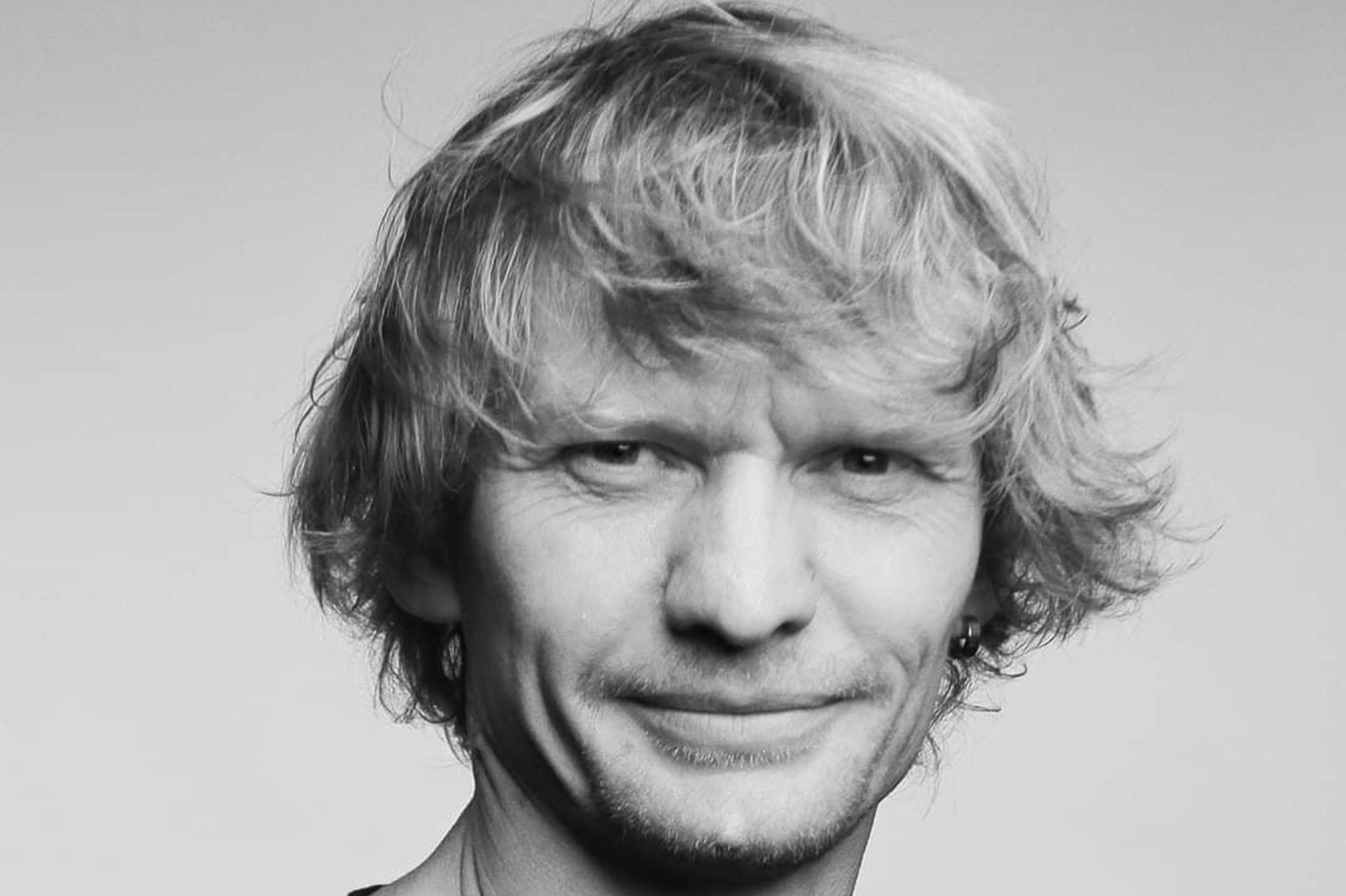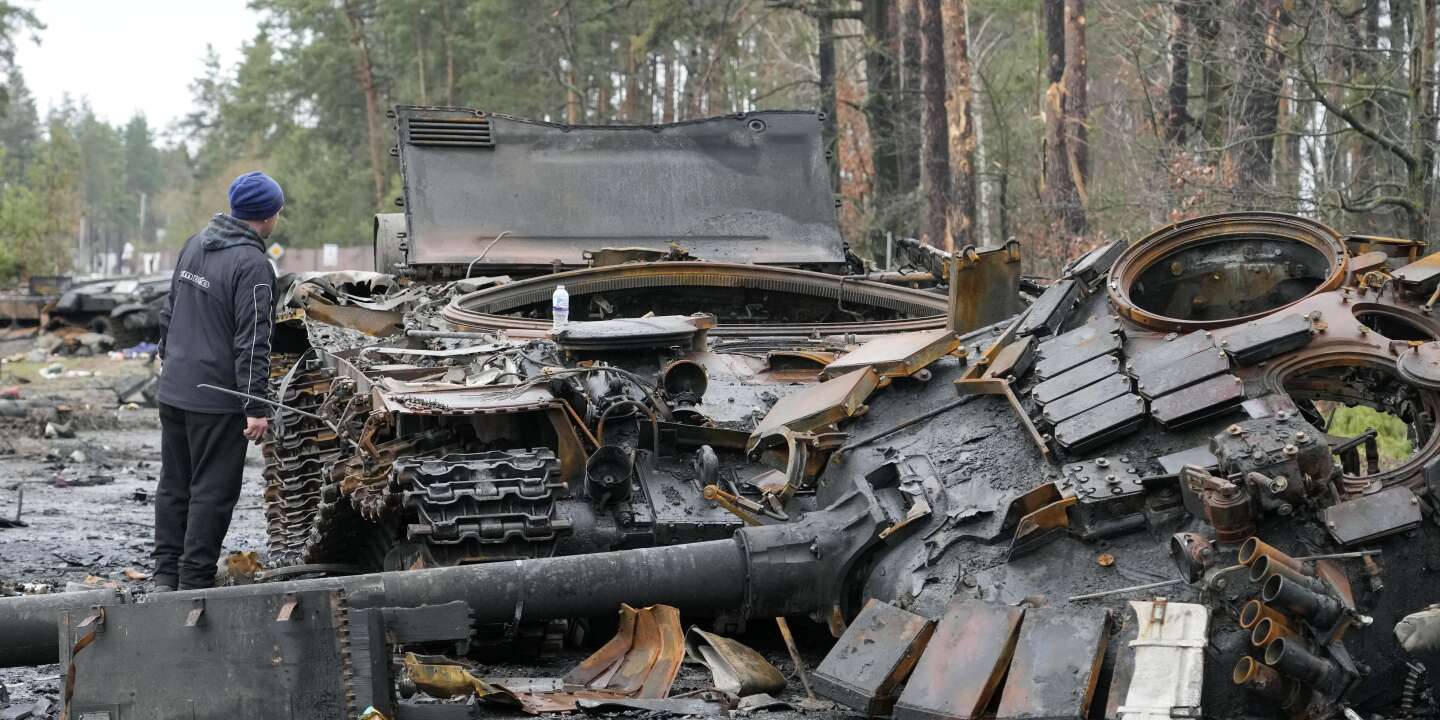A month after the conflict started, Ukrainian authorities announced on Saturday that Russian troops are carrying out a “quick withdrawal” from the Kiev and Cherniguiv regions in the north of the country.
A week after announcing a retreat to eastern Ukraine, Russian troops carried out a “quick withdrawal” from northern Ukraine’s Kiev and Cherniguiv regions on Saturday, Mykaïlo Podoliak, an adviser to the Ukrainian presidency, announced. For his part, Oleksii Arestovitch, another adviser to the presidency, assured that Ukrainian troops had “driven the enemy to the border” and that “more than 30 places” had been “liberated”.
Does this redeployment of the Russian army in the Donbass region, especially around the pro-Russian separatist ‘republics’ of Donetsk and Lugansk, a month after the start of the conflict, mean a defeat for Moscow? Or a change of strategy?
‘Time is an enemy of Moscow’
For former BFMTV defense adviser Colonel Michel Goya, if the withdrawal maneuver “clearly” accelerates, several questions still arise about the Russians’ intentions: Will they leave the Kiev region entirely? They would try to maintain positions near the capital to maintain the threat, he said. But given the strong reactions of the Ukrainian army, these soldiers also run the risk of being trapped in this area, he said.
Gérard Vespierre, geopolitical analyst, believes that the difficulties encountered by the Russians in toppling Kiev were “expected”: “The size of the Russian armed forces did not allow them to take control of a city of 3 million inhabitants” . However, this does not mean “defeat”. It all depends, he says, on where we place “the cursor of defeat.”
Defeat either means the Russians lay down their arms, but that’s not to be expected. are missed, we can’t blame Russia for failing,” he explains.
However, the specialist recognizes that “time is an enemy to Moscow”. The country thought it was waging a quick war, which is undoubtedly a failure, and ends up with a large number of dead, wounded and “a major logistical challenge for which the military was not prepared”. The retreat to it is, according to him, “a necessity”.
A new “priority” tactic
This departure is a way “to regain strength, to reassemble them, to replenish them with equipment and material, with the intention of redeploying them in the Donbass area”, analyzes Michel Goya.
A change of strategy that the Ukrainian authorities fear. “It is quite clear that Russia has chosen a different priority tactic,” Ukrainian presidential adviser Mykhaïlo Podoliak wrote, on Telegram messages: “Retreat east and south” to “maintain control over vast occupied territories.”
Russia’s goal is to establish itself “vigorously” in the east and south and “barely dictate its terms,” he said.
Ukrainian President Volodymyr Zelensky had previously claimed that the Russians were preparing for “vigorous attacks” in the east, particularly on Mariupol, where some 160,000 people are still blocked and at least 5,000 have been killed since the invasion began. Russian on February 24, according to local authorities. For the Russians, control of Mariupol would ensure territorial continuity from Crimea to the two pro-Russian separatist republics of Donbass (Donetsk and Lugansk).




